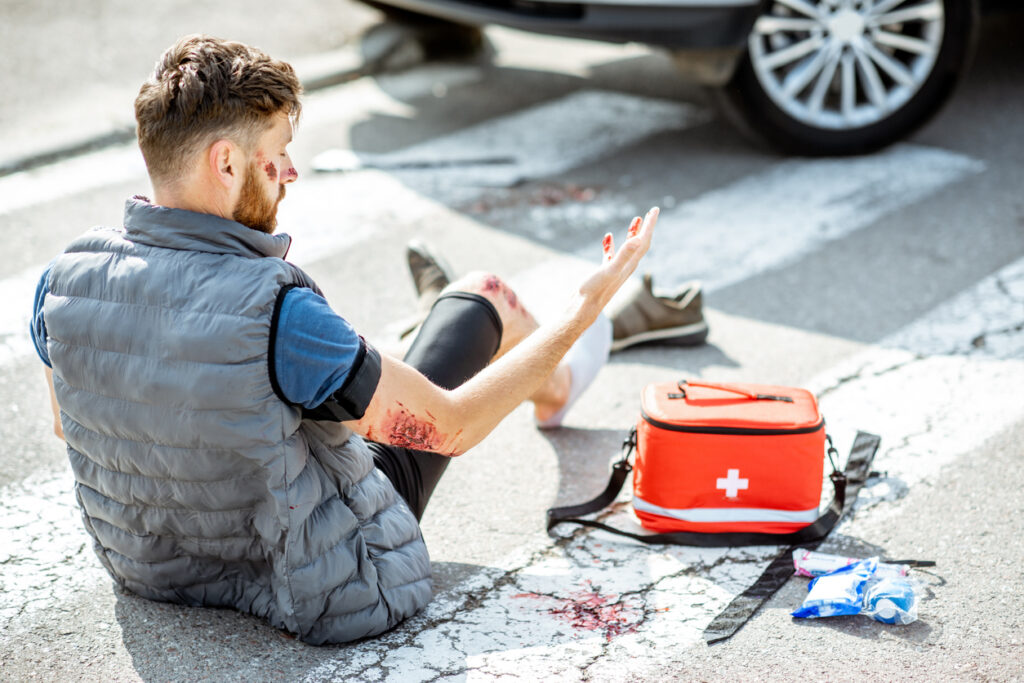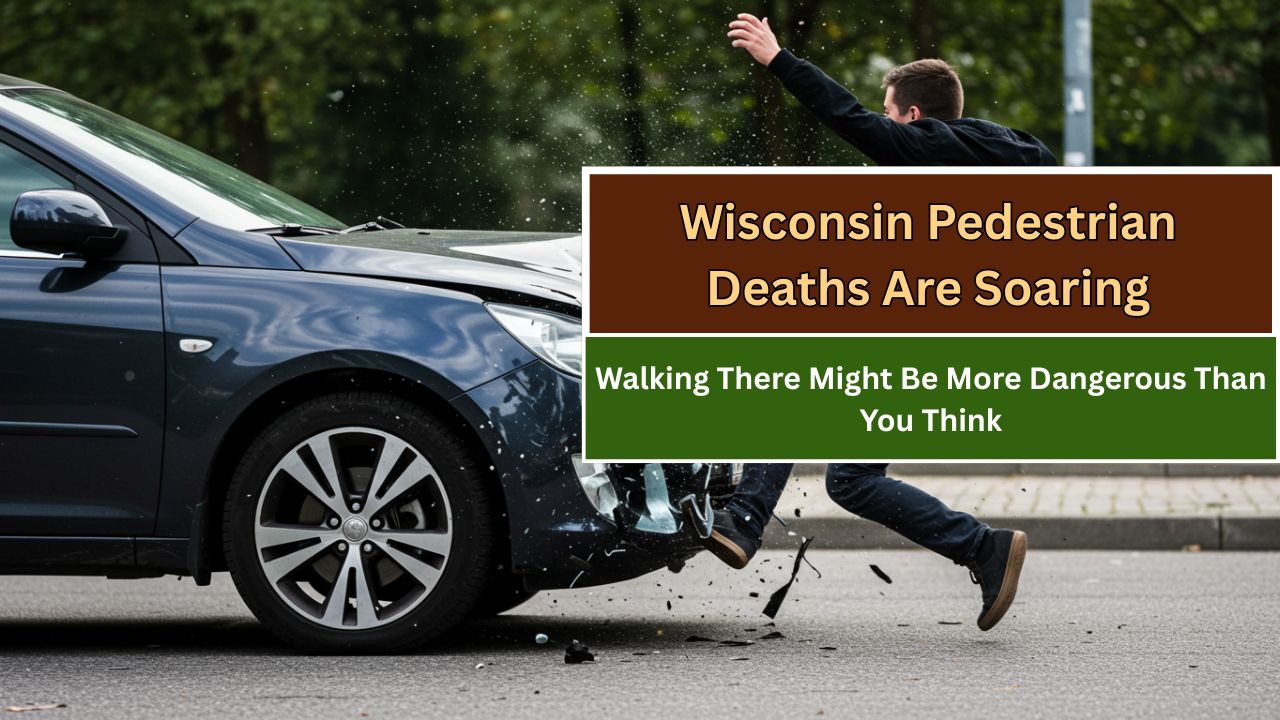Walking is supposed to be one of the safest and healthiest ways to get around, but in Wisconsin, pedestrians are increasingly at risk. In recent years, the state has witnessed a worrying spike in pedestrian-related traffic fatalities, sparking concerns among safety officials, urban planners, and community advocates. Despite efforts to improve safety, the reality remains sobering: walking in Wisconsin could get you hit by a car.
Rising Pedestrian Deaths in Wisconsin
According to data from the Wisconsin Department of Transportation (WisDOT) and the National Highway Traffic Safety Administration (NHTSA), Wisconsin recorded 1,324 pedestrian-vehicle crashes in 2022, resulting in 72 pedestrian deaths—the highest number in five years. While 2023 saw a slight improvement with 59 pedestrian fatalities, this still represents a significant risk to public safety.
To put this in perspective, the U.S. pedestrian death toll in 2022 reached 7,522, the highest since 1981. Wisconsin’s pedestrian fatality rate stood at 1.22 per 100,000 residents, ranking it 39th among U.S. states.
Milwaukee: A Hotspot for Pedestrian Fatalities
Urban areas tend to be more dangerous for pedestrians, and Milwaukee leads the state in pedestrian deaths. In 2023 alone, the city recorded 21 pedestrian fatalities, highlighting systemic issues related to infrastructure, enforcement, and driver behavior. Local officials continue to call for better lighting, traffic calming measures, and enforcement of traffic laws.
Factors Behind the Alarming Trend

Several factors contribute to the growing number of pedestrian accidents in Wisconsin:
- Speeding and Distracted Driving: Drivers who speed or use mobile devices behind the wheel are more likely to hit pedestrians. Wisconsin law prohibits texting while driving, but enforcement remains inconsistent.
- Failure to Yield: Many incidents involve drivers not yielding to pedestrians at crosswalks—an explicit violation of state law.
- Larger Vehicles: SUVs and pickup trucks are increasingly involved in pedestrian crashes. Their larger size and longer braking distances increase the risk of severe injury or death.
- Low Visibility: Accidents often occur during early morning or evening hours when visibility is reduced, particularly in fall and winter.
What the Law Says
Wisconsin law mandates that drivers must yield the right of way to pedestrians in marked and unmarked crosswalks. Additionally, drivers are prohibited from passing vehicles that have stopped for pedestrians.
Meanwhile, pedestrians are also required to follow safety rules: using sidewalks where available, obeying traffic signals, and avoiding jaywalking. Education efforts have been stepped up by the Wisconsin State Patrol through its monthly safety awareness campaigns.
What’s Being Done to Improve Safety?
To combat the rising risks, WisDOT and advocacy groups like the Wisconsin Bike Fed have launched several initiatives:
- Crash Mapping Tools: The Wisconsin Bike Fed offers an interactive crash map to identify high-risk areas and help target infrastructure improvements.
- Education Campaigns: Statewide public service announcements and school safety programs aim to educate both drivers and pedestrians about their responsibilities.
- Engineering Solutions: Cities like Madison and Milwaukee are investing in pedestrian-friendly infrastructure—such as raised crosswalks, better lighting, and protected intersections.
- Enforcement: Local law enforcement agencies are conducting targeted operations to ticket drivers who fail to yield or speed through pedestrian-heavy zones.
Staying Safe as a Pedestrian in Wisconsin
Whether you’re walking in a small town or navigating a busy Milwaukee street, safety must be a top priority. Pedestrians are advised to:
- Use crosswalks and sidewalks.
- Make eye contact with drivers before crossing.
- Wear bright or reflective clothing during low-light hours.
- Avoid distractions like headphones and mobile devices when walking near traffic.
Final Thoughts
While efforts are underway to make Wisconsin’s streets safer, more must be done to reverse the troubling trend. Both drivers and pedestrians have roles to play in preventing injuries and fatalities. For now, the data sends a clear message: in Wisconsin, a walk can quickly turn into a tragedy.
This article has been carefully fact-checked by our editorial team to ensure accuracy and eliminate any misleading information. We are committed to maintaining the highest standards of integrity in our content.

Outside of work, he enjoys playing chess, following cricket, and writing short stories. His commitment to integrity and in-depth analysis strengthens OTE News’ mission of providing trustworthy journalism.



